YouTube’s July 15 policy update targets AI-generated & templated videos. Learn what’s demonetized, how to adapt your channel, and compliant content strategies.
On July 15, 2025, YouTube implements its most aggressive monetization policy shift in years—explicitly targeting AI-generated mass production and templated repetitive content. This update refines YouTube’s existing “authentic content” requirements to combat the surge of algorithmically churned-out videos flooding the platform . Channels relying on quick-turnaround AI voiceovers, reaction compilations, or formulaic templates now face imminent demonetization risks. Here’s how to safeguard your revenue stream.
The Policy Core: What’s Changing and Why
YouTube’s updated YouTube Partner Program (YPP) guidelines address two critical pain points:
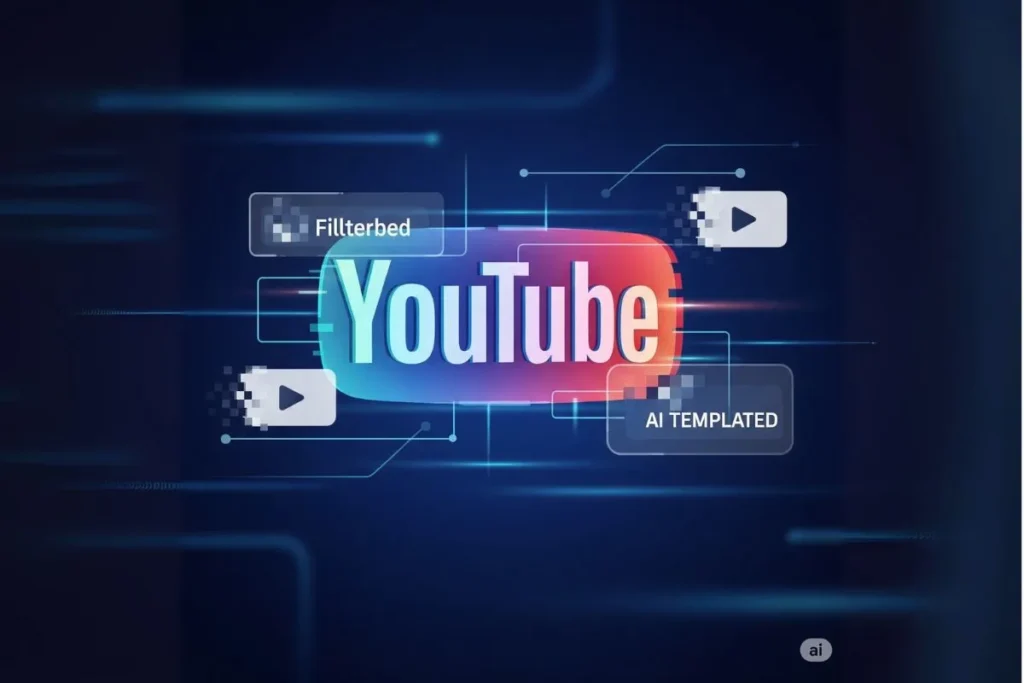
- Mass-Produced Content: Videos created using automated tools/AI with minimal human input, lacking unique value .
- Repetitious Content: Channels where videos are nearly indistinguishable, using identical templates, structures, or recycled assets .
YouTube states: “This update better reflects what ‘inauthentic’ content looks like today” . The move follows advertiser complaints about low-quality inventory and user frustration over homogenized recommendations.
Read more: TikTok US App: Why a New Version is Coming & What It Means for You
High-Risk Content: Is Your Channel at Risk?
🚫 Demonetization Targets
- AI-Generated “Content Farms”: Channels publishing dozens of daily videos using AI voices + trending topics without analysis .
- Low-Effort Reaction Videos: Minimal commentary over others’ content (e.g., “face cam” reactions with <10% original audio) .
- Templated Compilations: Slight variations of the same video (e.g., “TOP 10 [X]” with swapped images/scrolling text) .
- Pitch/Speed-Modified Music: Songs altered to evade copyright but identical to originals .
- AI-Generated News Clips: Automated summaries of articles/rivals’ videos with no narration or context .
✅ Still-Safe Formats (With Caveats)
- Transformative Edits: Reaction videos with substantial commentary, cuts, graphics (e.g., CriticalDrinker’s film critiques) .
- AI-Assisted Original Content: Human-scripted videos using AI visuals/voiceovers disclosed properly .
- Educational Compilations: Clips edited to explain concepts (e.g., sports tactics, coding tutorials) .
Enforcement Mechanics: How YouTube Will Police Creators
- Channel-Wide Scrutiny: Reviewers analyze your “main theme,” top-performing videos, and metadata—not just individual uploads .
- AI Detection Systems: Enhanced tools flag synthetic voices, procedurally generated visuals, and duplicated scripts .
- “Four-Strike” System (Speculative): While unconfirmed, experts predict escalating penalties:
- Warning → 2. Temporary demonetization → 3. 30-day suspension → 4. YPP removal .
- Human + AI Review Stack: Suspected channels undergo manual checks focusing on watch time sources and content variation .
Example: A channel with 200 “Celebrity Gossip #XYZ” videos using identical intros/outros risks full demonetization—not just removal of offending videos .
Creator Impact Analysis: Who Loses Most?
| Channel Type | Risk Level | Primary Vulnerability |
|---|---|---|
| AI News Aggregators | Critical | Automated scripts + stock visuals |
| Reaction Compilations | High | Overuse of others’ content + minimal input |
| “Faceless” Educational | Moderate | Template-driven slideshows |
| Gaming Highlights | Low-Medium | Gameplay reuse without narrative |
| Original Commentators | Low | High transformation + unique POV |
Smaller channels face disproportionate risks, as manual reviews often prioritize larger creators . Channels in Russia face additional restrictions due to regional ad suspensions .
Strategic Pivots: How to Comply and Thrive
🔧 For Reaction Creators
- Rule of 30%: Ensure original commentary/edits comprise ≥30% of runtime .
- Multi-Source Analysis: React to 3+ clips per video with comparisons.
- Dynamic Overlays: Use graphics, text pop-ups, and cuts to reframe content (e.g., Asmongold’s layered critiques) .
🤖 For AI-Assisted Channels
- Disclose Synthetics: Label AI voiceovers/visuals in descriptions .
- Human “Quality Gates”: Edit AI outputs for humor, personal anecdotes, or unique insights .
- Prioritize High-CPM Niches: Tech, finance, and AI news yield higher RPMs, justifying production costs .
🛡️ Universal Safeguards
- Audit Your Back Catalog: Remove/re-edit videos with <2 minutes of unique content.
- Diversify Formats: Blend Shorts, livestreams, and long-form to avoid “repetitious” flags .
- Boost Engagement Metrics: YouTube prioritizes channels with high retention (>60%) and comment rates .
Case Study: Successful Pivots Post-Policy
Channel: AI Historian (950K subs)
- Pre-Policy: AI-narrated Wikipedia summaries with static images.
- Post-Policy Shift:
- Added custom animations and expert interviews
- Overlaid critical analysis of historical biases
- Result: 40% watch time increase + retained monetization .
Long-Term Implications: YouTube’s Endgame
- Advertiser Retention: Redirecting ad spend toward “premium” human-driven content .
- Short Monetization Push: Incentivizing vertical video ads to offset long-form revenue loss .
- Creator Polarization: Professionals with resources thrive; hobbyists face exclusion .
- AI as Tool, Not Crutch: Platforms like Fliki/Zebracat shift from content replacement to workflow optimization .
Adapt or Demonetize
YouTube’s July 15 update isn’t an AI ban—it’s a value redistribution. Channels adding measurable originality (commentary, editing, research) will capture abandoned revenue streams. Those resisting will join the 23% of creators projected to lose monetization by Q4 2025 .
Action Plan:
- Audit your top 20 videos for “template repetition” or reused assets.
- Inject human voiceovers into AI-generated scripts.
- Develop a 4-week content diversification roadmap.
The “gold rush” of effortless AI content is over. The new era rewards augmented creativity—where technology enhances, not replaces, the human touch.
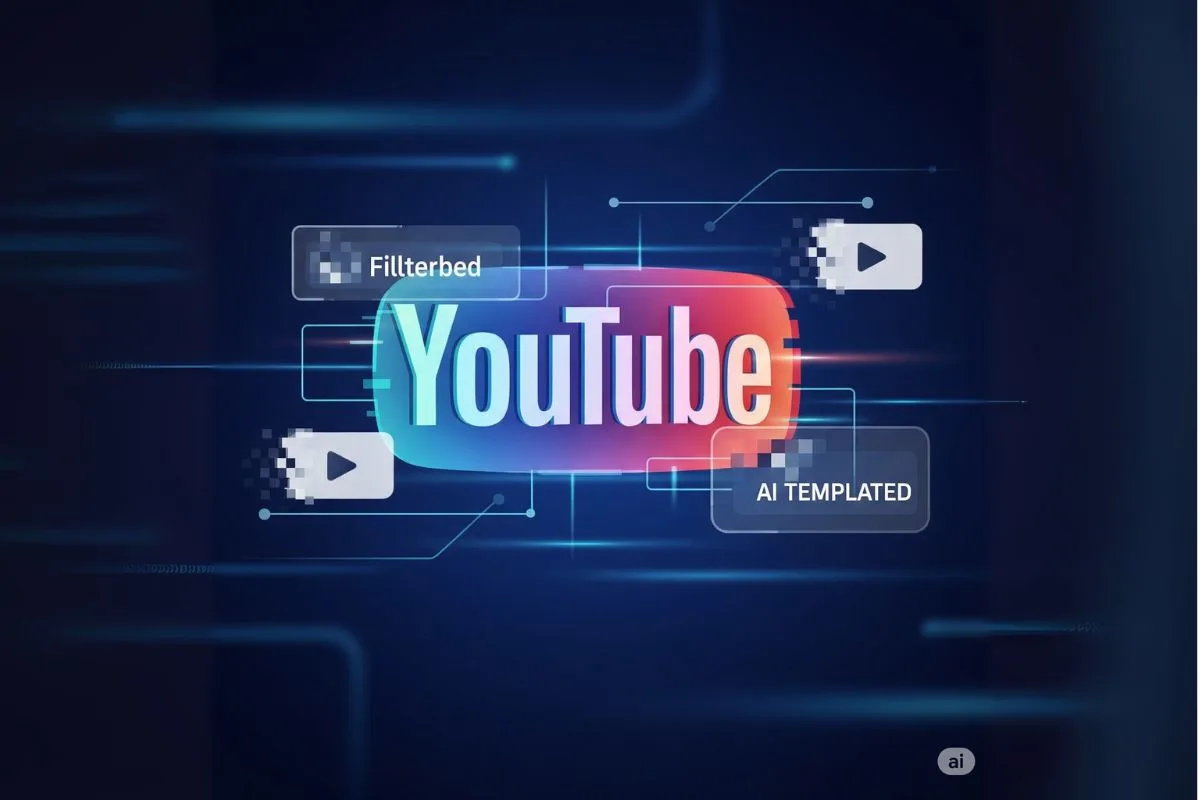
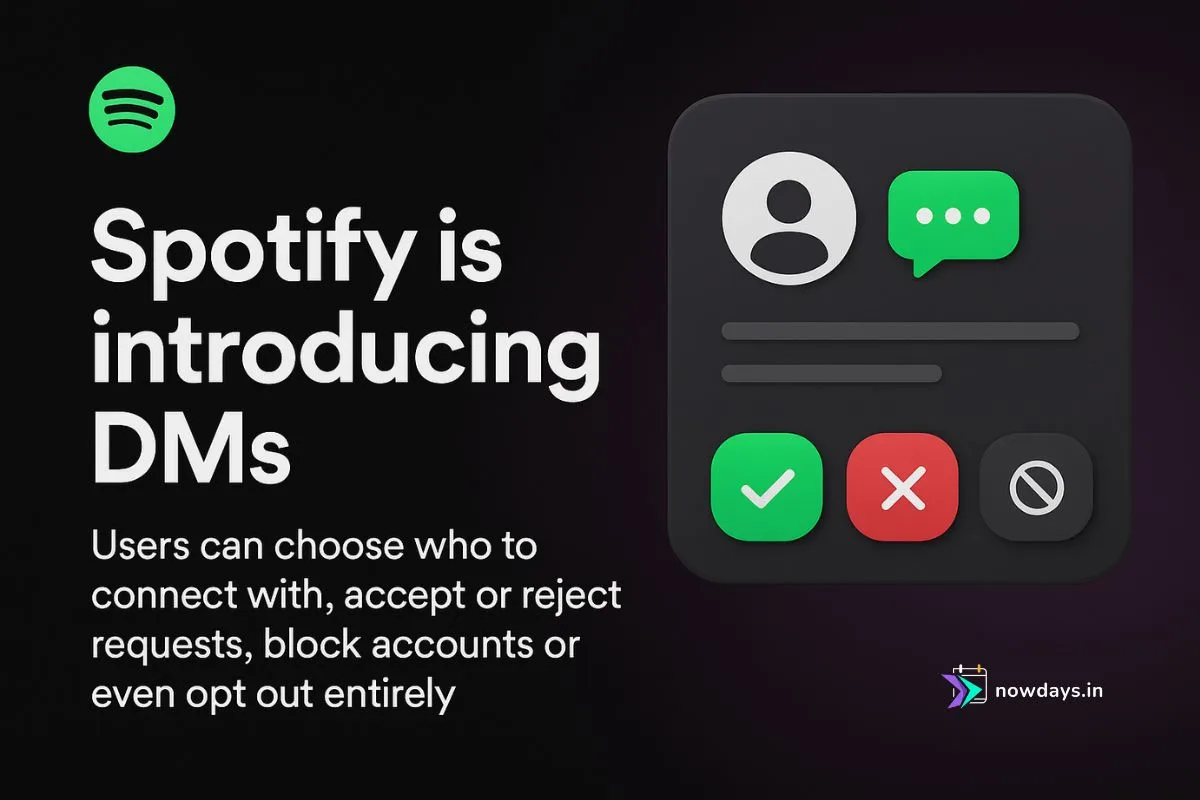

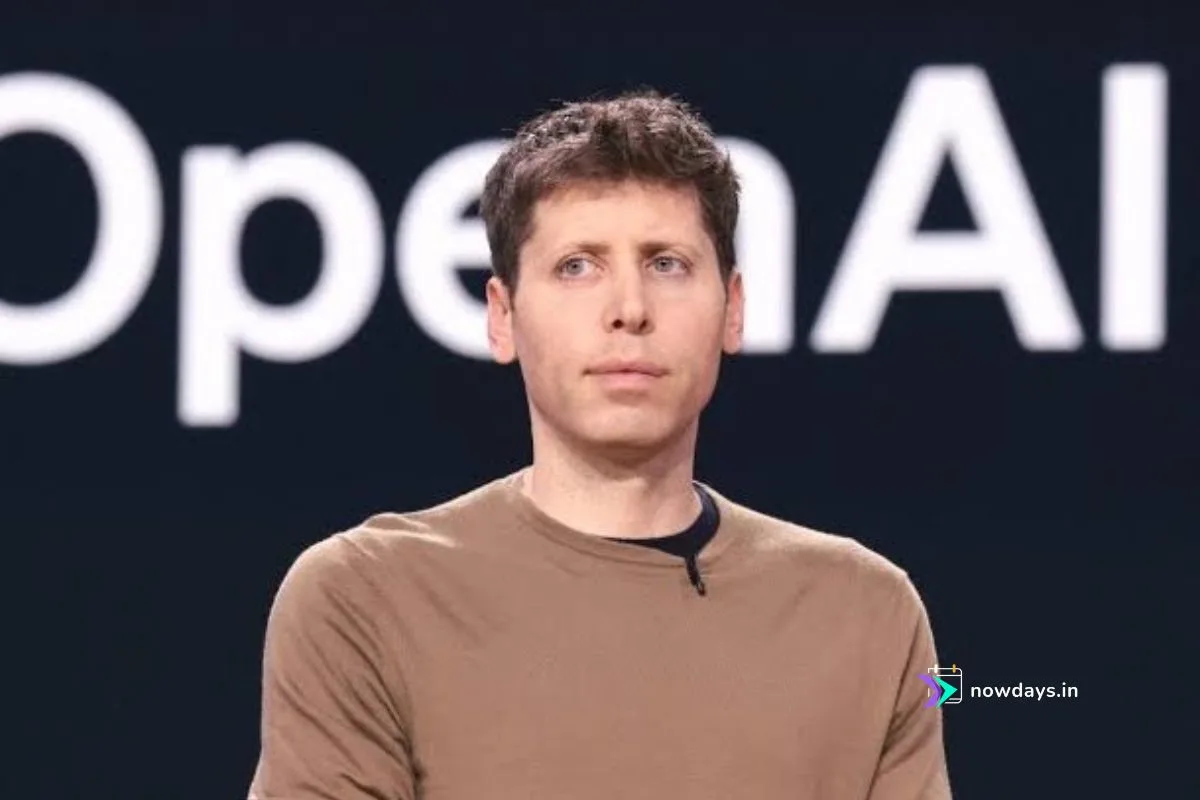
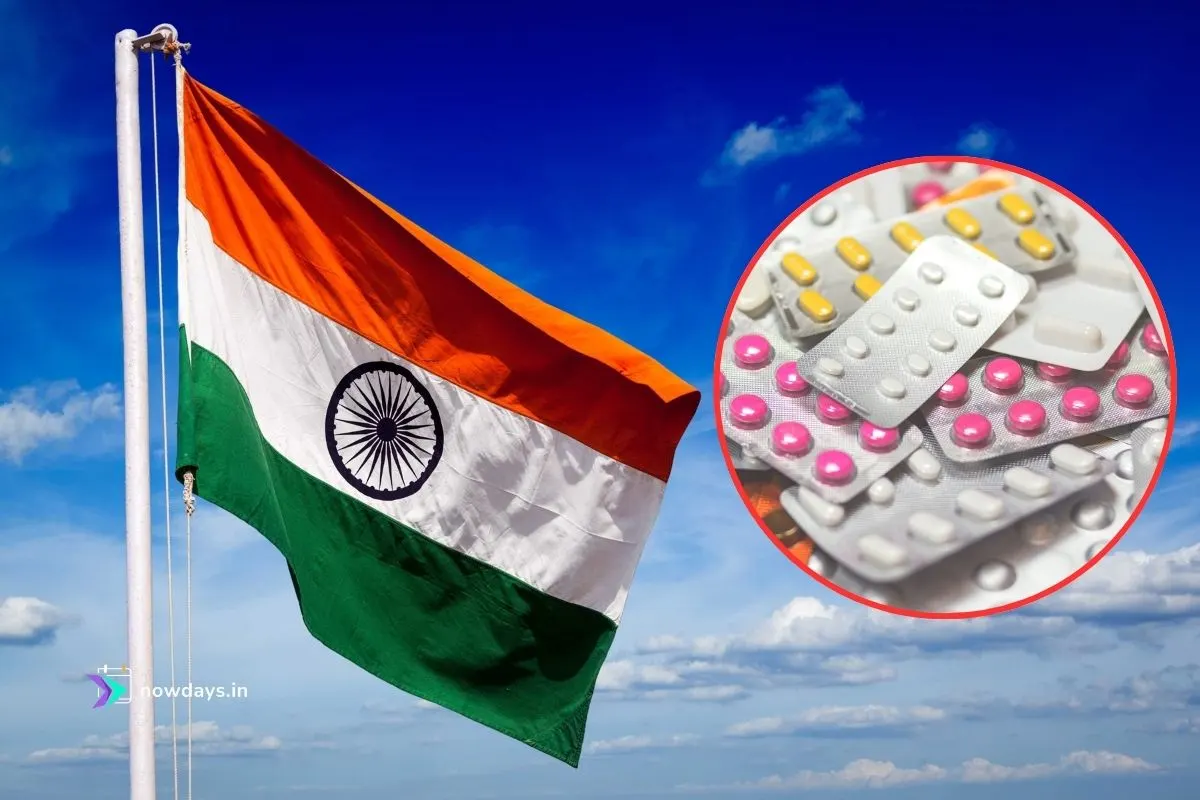
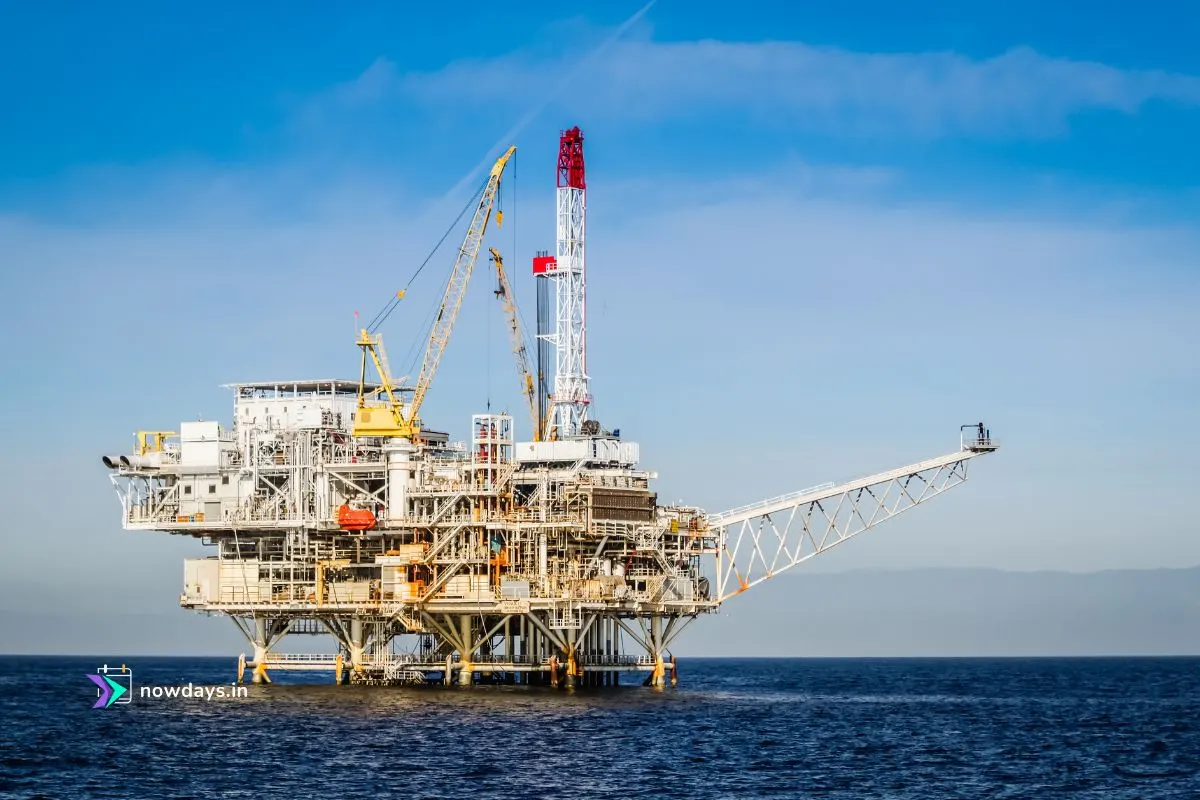
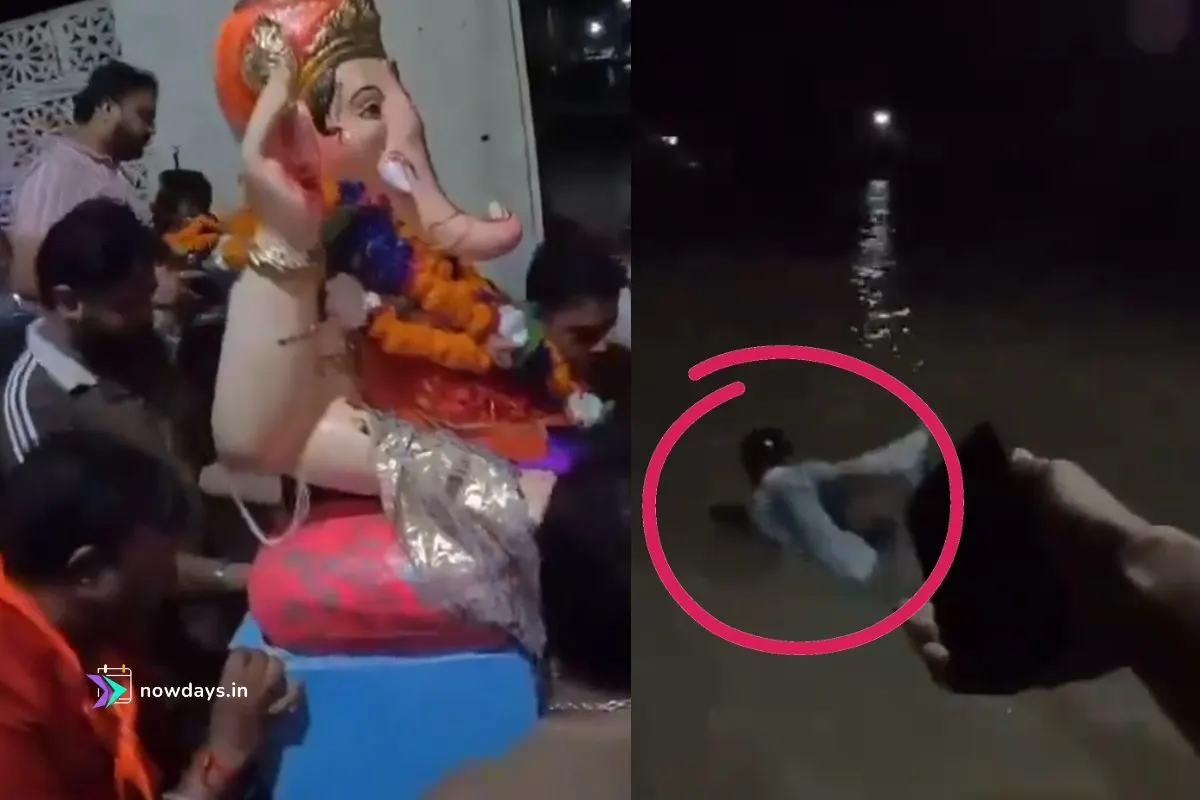


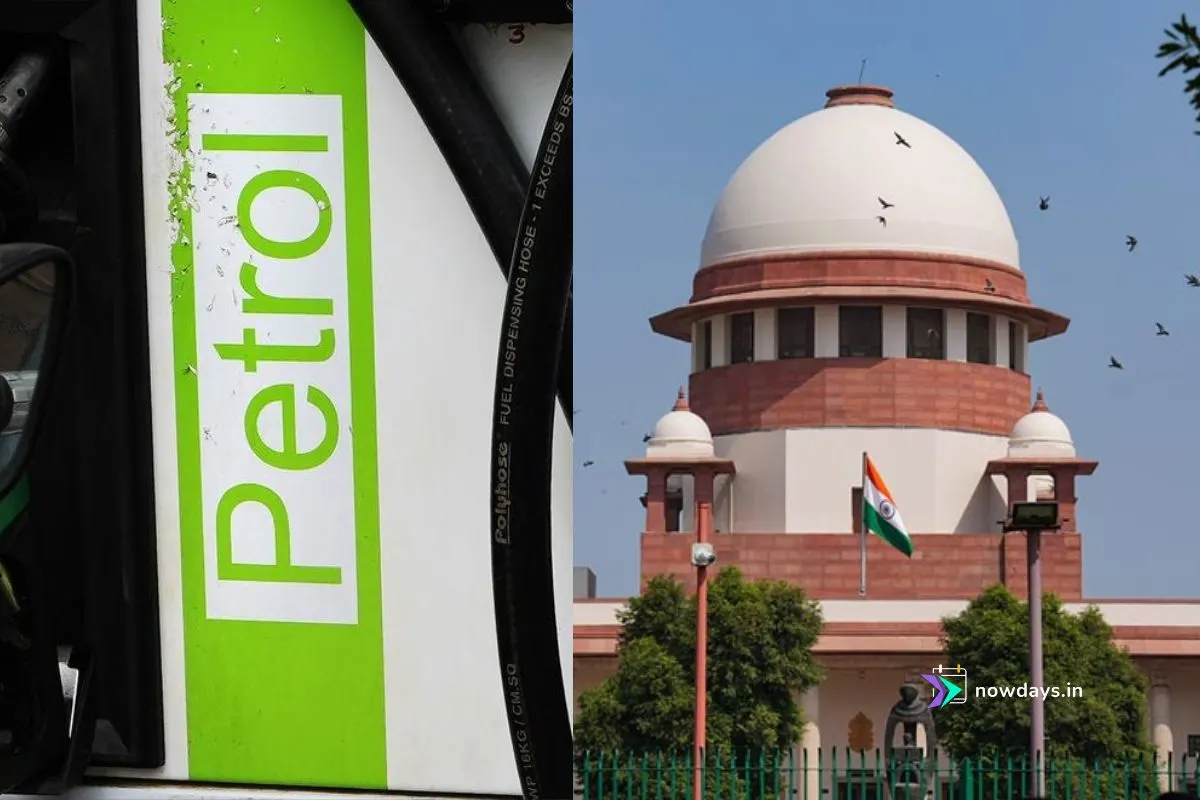

1 thought on “YouTube Updates Monetization Policy to Target AI-Generated and Templated Videos”